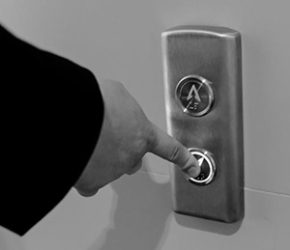
To set and attain goals is an important process for nearly all high-achieving leaders. Whether you go through a formal process to set and monitor goals, or informally record your aspirations, the desired outcome is the same.
People typically identify tasks or activities as the stepping stones for goal achievement. For example, if you want to achieve a certain revenue number in your department, you can divide that number among your employees resulting in a goal of x dollars per employee.
This is a tactic that many people have used successfully. Another way to approach it, though, is to identify the behaviors and habits that will help you accomplish your goal. If you work on mastering such skills while you work on the tasks, you will undoubtedly be more effective.
Using the same example, perhaps developing your next level of managers will be a way to more effectively reach more employees at a deeper level. First, what skills do you need to develop further to achieve this? What skills do they already have and what do they need? How does their behavior need to adapt to be a manager rather than a “doer”?
Focus on a skill or behavior building activity for an extended period (such as three to six months) so people can master the new habit. This mastery will serve you beyond its connection with your specific goal (increased revenue, in this case), so you’ll experience a positive ripple effect from your focus.
Start with this premise: What skill do you need to master that will result in the most significant positive outcome to achieve your most important goals? When you identify it, that’s the one you start with.
Header image by Content Pixie/Pexels.





